HAZMAT packaging is a safe and efficient way to transport hazardous materials, chemicals, and waste. Common containers for hazardous material packaging include; drums, intermediate bulk containers, pails, and bottles. These packages are often contained in a secondary packaging of corrugate. The transportation of these materials is regulated by the United States Department of Transportation to protect people’s lives as well as our environment.
Hazmat Packaging Basics
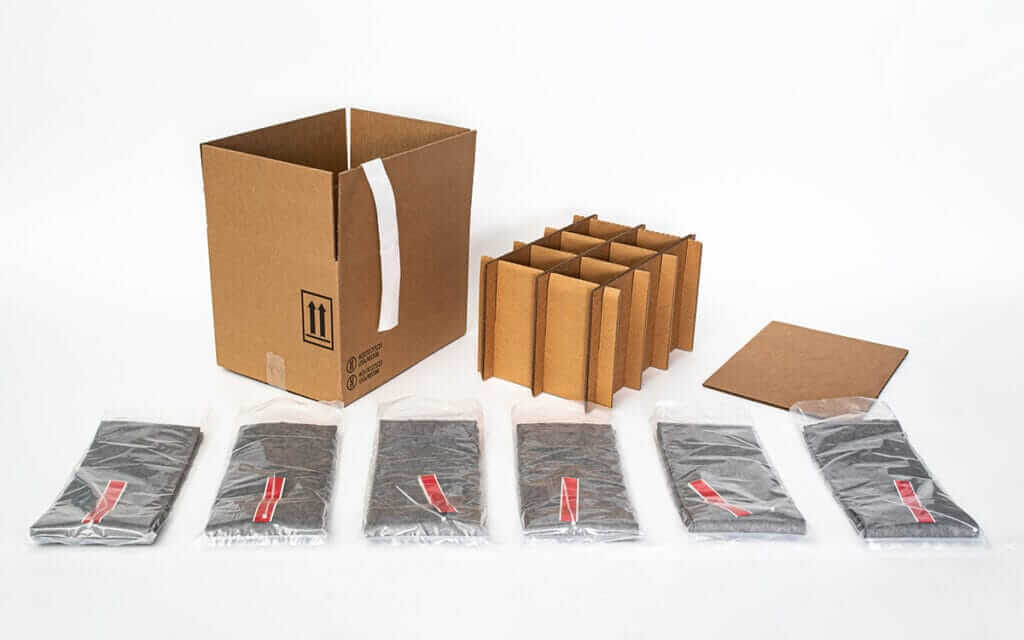
9 Classes of Hazardous Material Packaging
- Explosives
- Gasses
- Flammable & Combustible Liquids
- Flammable Solids
- Oxidising Substances, Organic Peroxides
- Toxic Substances & Infectious Substances
- Radioactive Materials
- Corrosives
- Miscellaneous Hazardous Materials
Understanding the Process
The hazardous material packaging is designed to protect the contents from leakage or combustion. Proper package classification, labelling, and marking are imperative to the safe shipment and regulatory compliance. Industries that rely on hazardous material packaging include; chemicals & petrochemicals, oil & gas, freight & logistics, automotive, pharmaceutical, agriculture & horticulture, as well as other manufacturing industries.
There are six steps to proper hazardous material packaging & shipment:
- Step 1: Classify the Hazardous Material
- Step 2: Determine Quantities & Select Packaging
- Step 3: Package Your Material
- Step 4: Mark & Label Your Package
- Step 5: Prepare a Shipping Paper
- Step 6: Transport With Carrier
The Department of Transportation has provided a quick informational video to assist in understanding how to ship hazardous materials properly.
We Can Help
Have additional questions? We are hazardous material packaging experts. Our team of specialists are available to answer your hazmat packaging questions and provide you with cost effective solutions. With an in house testing facility we can ensure complete DOT compliance when packaging and transporting hazardous materials.
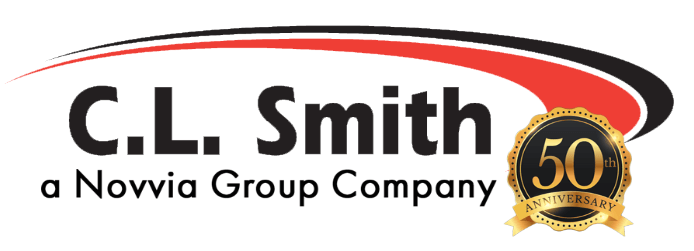

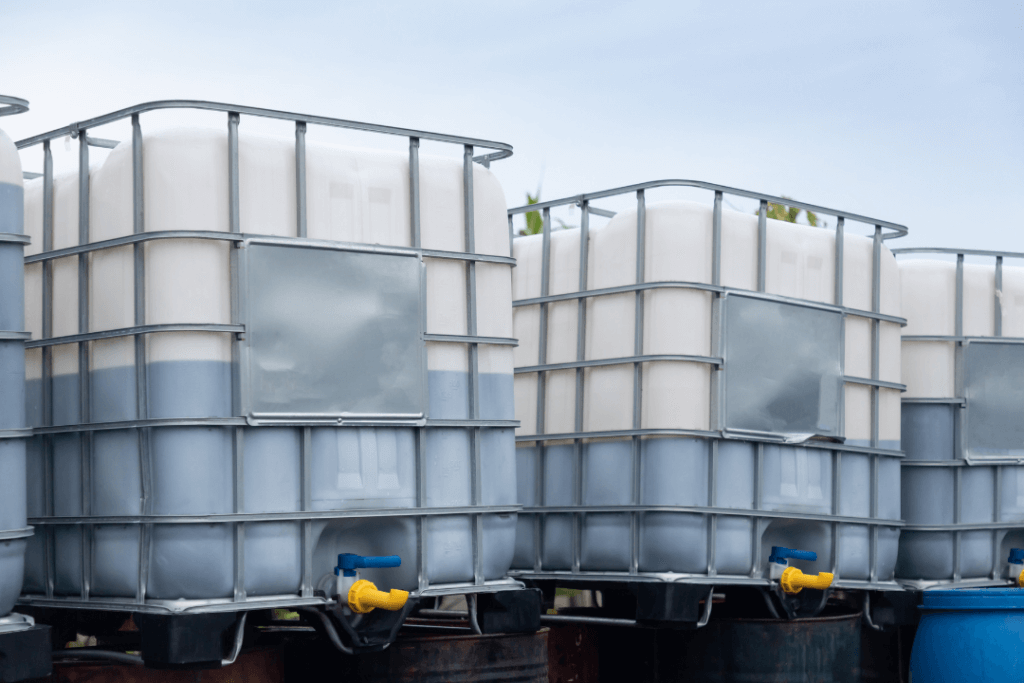
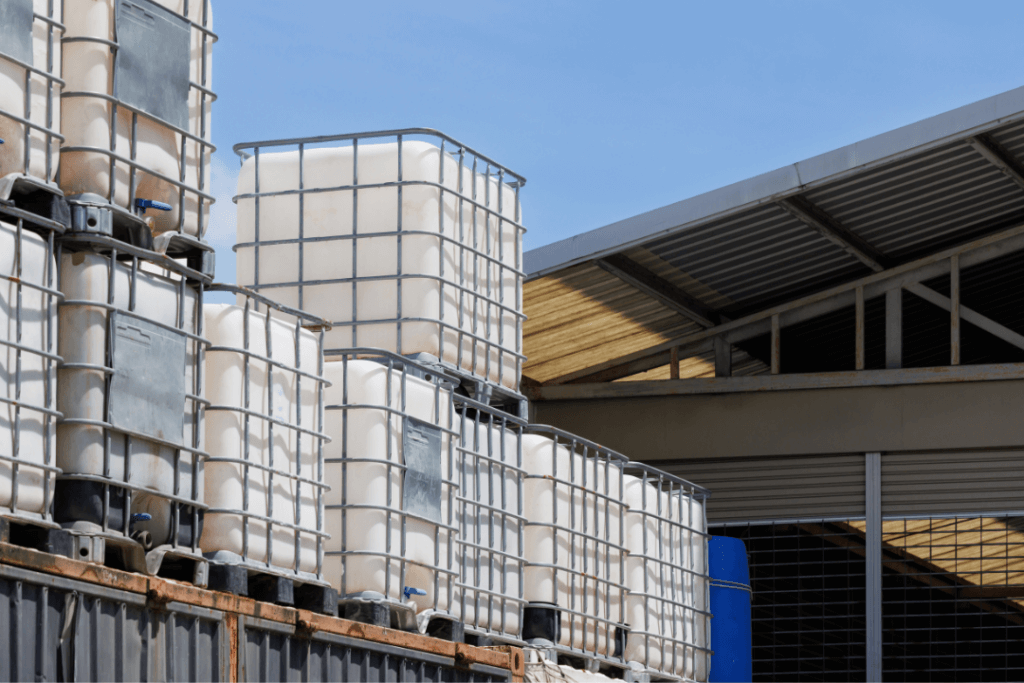
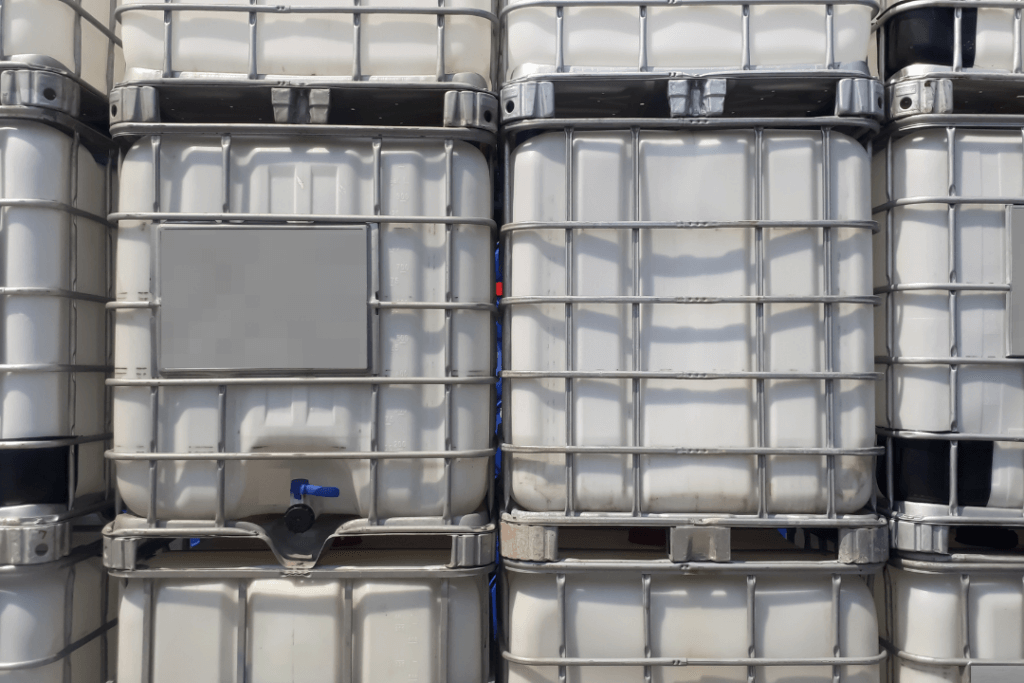

Leave a Reply
You must be logged in to post a comment.